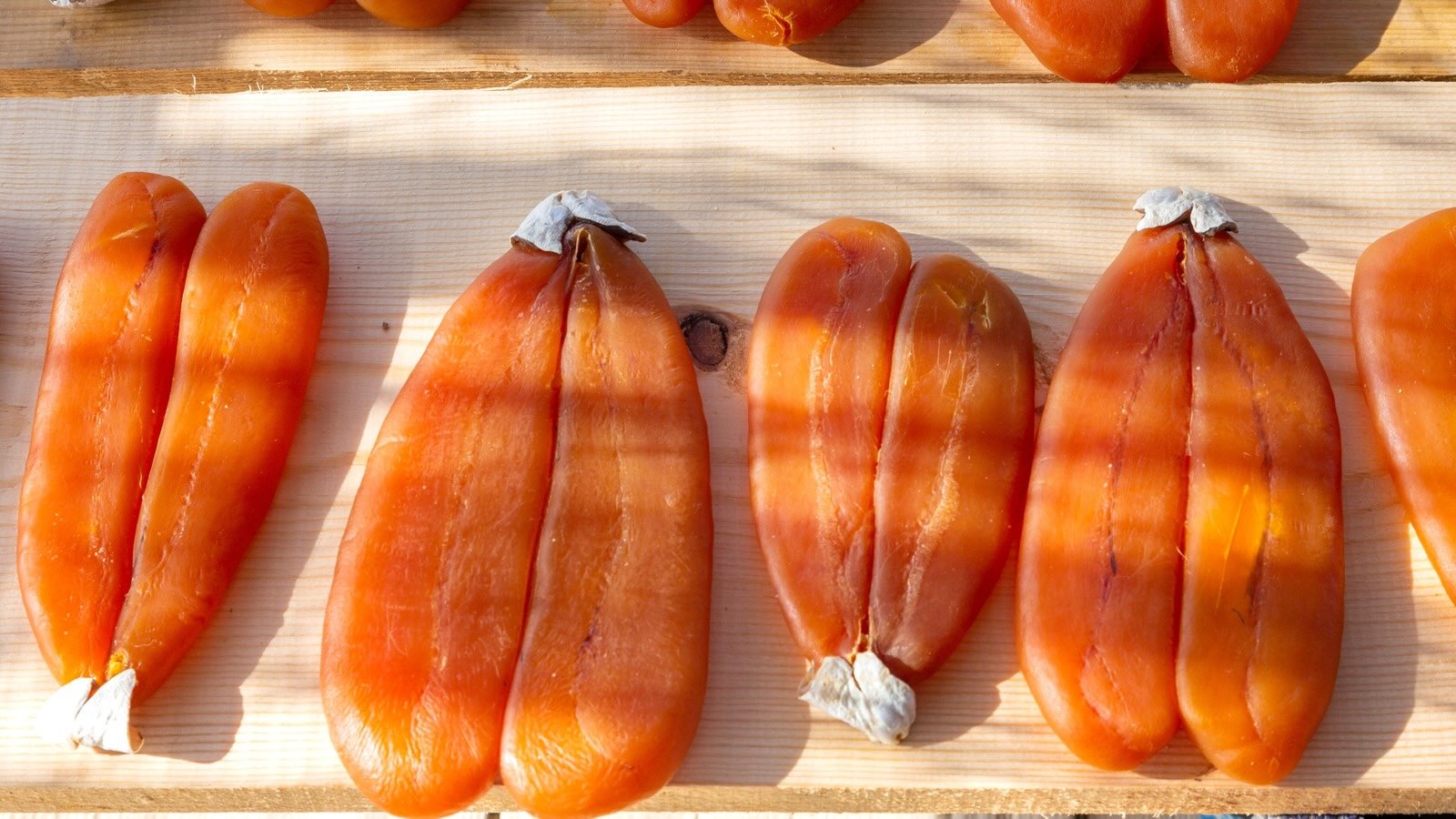
Bottarga is a culinary gem that has intrigued food lovers for centuries. But what exactly is bottarga? Bottarga is a delicacy made from the cured roe of fish, typically grey mullet or tuna. This golden treasure is often grated over pasta, added to salads, or enjoyed on its own with a drizzle of olive oil. Its rich, briny flavor offers a unique taste experience that can elevate any dish. Originating from Mediterranean regions, bottarga has a storied history and a variety of uses in different cuisines. Whether you're a seasoned chef or a curious foodie, understanding bottarga can add a new dimension to your culinary adventures. Ready to dive into the world of this savory delight? Let's explore 28 fascinating facts about bottarga!
What is Bottarga?
Bottarga, often called the "Mediterranean caviar," is a delicacy made from cured fish roe. This ancient food has been enjoyed for centuries and is prized for its rich, savory flavor. Let's dive into some fascinating facts about this unique treat.
-
Bottarga is typically made from the roe of grey mullet or tuna.
-
The process of making bottarga involves salting and drying the roe sacs.
-
This delicacy has been enjoyed since ancient times, with origins tracing back to the Phoenicians.
-
Bottarga is often grated over pasta or sliced thinly and served with olive oil and lemon.
How is Bottarga Made?
Creating bottarga is an art form that requires patience and precision. The process can take several weeks, but the result is a flavorful and versatile ingredient.
-
The roe sacs are carefully removed from the fish to keep them intact.
-
After removal, the roe sacs are heavily salted to draw out moisture.
-
The salted roe is then pressed to remove any remaining liquid.
-
Finally, the roe is air-dried for several weeks until it becomes firm and dense.
Different Types of Bottarga
Bottarga comes in various forms, each with its own unique characteristics. The type of fish used and the curing process can significantly impact the flavor and texture.
-
Grey mullet bottarga is known for its delicate, slightly sweet flavor.
-
Tuna bottarga has a stronger, more robust taste.
-
Sardinian bottarga is particularly famous and highly sought after.
-
Some regions add spices or herbs to the curing process for added flavor.
Nutritional Benefits of Bottarga
Besides its delicious taste, bottarga also offers several health benefits. It's packed with nutrients that can contribute to a balanced diet.
-
Bottarga is rich in protein, making it a great addition to meals.
-
It contains high levels of omega-3 fatty acids, which are beneficial for heart health.
-
This delicacy is also a good source of vitamins A and D.
-
The drying process concentrates the nutrients, making bottarga a nutrient-dense food.
How to Enjoy Bottarga
Bottarga can be enjoyed in many different ways, adding a burst of flavor to various dishes. Here are some popular methods to savor this delicacy.
-
Grate bottarga over pasta for a rich, umami flavor.
-
Slice it thinly and serve with crusty bread and olive oil.
-
Add it to salads for an extra layer of taste.
-
Use it as a topping for pizza or flatbreads.
Bottarga Around the World
While bottarga is most commonly associated with Mediterranean cuisine, it has found its way into kitchens around the globe. Different cultures have their own unique takes on this delicacy.
-
In Italy, bottarga is often referred to as "bottarga di muggine" when made from grey mullet.
-
The Japanese version, known as "karasumi," is typically made from mullet roe and is a popular delicacy.
-
In Egypt, bottarga is called "battārikh" and is enjoyed in various dishes.
-
The French have their own version called "poutargue," which is often served as an appetizer.
Fun Facts About Bottarga
Bottarga is not just a culinary delight; it also has some interesting trivia associated with it. Here are a few fun facts to impress your friends.
-
The word "bottarga" comes from the Arabic word "būṭārikh," meaning salted fish eggs.
-
Bottarga was once considered a poor man's food but is now a luxury item.
-
It is often referred to as the "gold of the sea" due to its color and value.
-
Some chefs use bottarga as a secret ingredient to add depth to their dishes.
The Final Scoop on Bottarga
Bottarga, often called the "Mediterranean caviar," is a culinary gem. Made from cured fish roe, it's a delicacy enjoyed worldwide. Rich in flavor, it adds a unique touch to dishes, making it a favorite among chefs and food lovers. Whether grated over pasta, sliced thinly, or used in sauces, bottarga brings a burst of umami to any meal. Its history dates back centuries, with roots in ancient Mediterranean cultures. Today, it's still produced using traditional methods, ensuring its authentic taste. High in protein and omega-3 fatty acids, it's not just tasty but also nutritious. So, next time you're looking to elevate your dish, consider adding some bottarga. It's a small addition that makes a big impact. Enjoy exploring this flavorful ingredient and savor the rich heritage it brings to your table.
Was this page helpful?
Our commitment to delivering trustworthy and engaging content is at the heart of what we do. Each fact on our site is contributed by real users like you, bringing a wealth of diverse insights and information. To ensure the highest standards of accuracy and reliability, our dedicated editors meticulously review each submission. This process guarantees that the facts we share are not only fascinating but also credible. Trust in our commitment to quality and authenticity as you explore and learn with us.
